Reading Wars
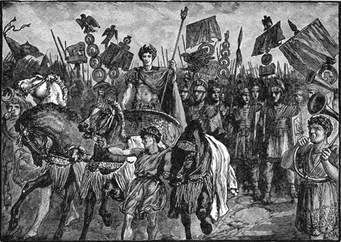
Reading wars – as in this method is better than that- has been how people have attempted to solve the illiteracy situation. Just about any methodology can show that someone was able to learn by using it. The claim is made statistical documentation is presented, but the problem is still unresolved.
Methodologies
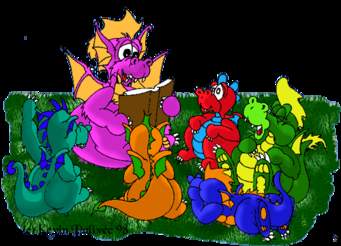
From the 1950’s to present a series of reading methods have been introduced to improve the literacy rates in North America, and others countries. From the “Dick and Jane/Look and say”, to phonics to decode the meaning of text, to Whole Language- emphasizing meaning over sounds- and to present with Balanced Literacy – a combination of phonics and cognitive strategies. These were/are some of the methods used to teach reading. The war mentality so far doesn’t seem to solve the problem.
Illiteracy Rates

In the 1970’s statistics on illiteracy rate came out at 33% just using the phonics approach. By 1995 with all the improvements to reading instruction, The US Department of Education reported the results of the mix of whole language and phonics approach as the illiteracy rate climbed to 43%. In 2015 the National Center for Education (NCES) reported that 64% of grade 4 students and 66% of grade 8 students were under-performing, that is reading below proficiency reading levels.
 In Canada, 42% of Canadian adults between 16-65 years of age have low literacy skills and are considered semi-literate. According to Craig Alexander, deputy chief economist of TD Bank Financial Group (2007), “The Canadian economy could enjoy a $32 billion boost if literacy rates were improved by only 1%.” The Canadian Council on Learning in the report, “The Future of Literacy in Canada’s Largest Cities” (Sept. 8, 2010) suggests that by 2031 more than 15 million Canadian adults will have low literacy levels. This is an increase of 25% in the next 20 years, which will create a ‘literacy dilemma’ if the situation is not addressed immediately.
In Canada, 42% of Canadian adults between 16-65 years of age have low literacy skills and are considered semi-literate. According to Craig Alexander, deputy chief economist of TD Bank Financial Group (2007), “The Canadian economy could enjoy a $32 billion boost if literacy rates were improved by only 1%.” The Canadian Council on Learning in the report, “The Future of Literacy in Canada’s Largest Cities” (Sept. 8, 2010) suggests that by 2031 more than 15 million Canadian adults will have low literacy levels. This is an increase of 25% in the next 20 years, which will create a ‘literacy dilemma’ if the situation is not addressed immediately.
The Gift of Learning

Give children the gift of learning. Teach them accordingly to their needs. Elaine McEwan in Teach Them All to Read had some ‘eye opening’ information that sheds some light in why somebody always learns something independently of the method. She says that of “the total percentage of students enrolled nationwide (US) 5% read ‘as if by magic’ some arrive at school already reading; 20%-30% learn with ease, by any kind of formal instruction; 60% find learning to read to be ‘hard work’;15%-25% find learning to read difficult even with one-on-one specialized instruction; and 5% will have serious and pervasive reading disability.” This means that “to survive academically …they will require the very best in systematic and direct reading instruction from highly skilled and supportive teachers”. (p 6). The last thing anyone needs is to be in the middle of a reading war, waiting for people to make up their minds , while children continue to fall through the ever widening cracks.
Changing the Paradigm
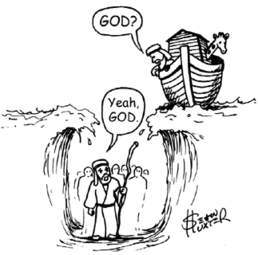
With all the money invested in education and scientific research in the fields of education and brain function, why is it so difficult to teach children to read? Scientific research and technology are constantly changing. Who is not keeping up? What can be done differently to teach literacy more effectively? Perhaps the way educational systems group children by chronological age needs to change? Does the teaching environment need to be improved?
Teaching All Children All they Need to be Successful
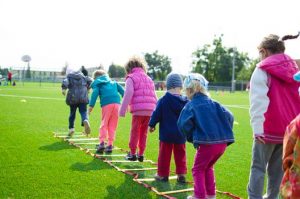
Definitely the need for a “foundation of solid reading skills that includes fluency, development of strong academic language ….., the building of stores of knowledge, cultivation of a sturdy and flexible suite of comprehension strategies, and opportunities to choose and read engaging texts alone and with others – all of these are essential for reading success” (Liben and Liben, 2013). The Libens and Elaine McEwan seem to agree on the need to teach ALL the reading components to ALL the children.
Children’s life conditions need to be improved even before they get to school. Poverty never helped anyone grow healthy and develop their potential. This is not just a classroom problem; it’s much larger than that, but the right approaches in the classroom should mitigate the problem.
From a Fighting Mentality…
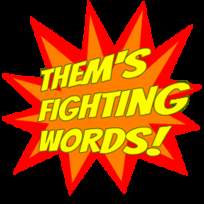
Human beings are complex. We have many things in common, but we also differ in areas such as learning styles, innate abilities and needs. Therefore a ‘one-size-fits-all’ approach whether in education or any other field that deals with humans (i.e. health care) cannot be successful in my opinion. It is time to change the paradigm from “war on illiteracy”, “war on drugs”, “war on….” – phrases, which invoke only destruction and desolation. When we look back to historical times the periods of war and destruction are just that. It’s only after those periods of darkness that people are able to show their creativity; when the arts, music, architecture, literature and other higher forms of human creative cooperation finds expression.
…… to Creativity and Co-creation Mentality
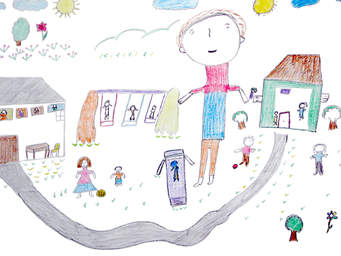
A paradigm of cooperation and co-creation for the highest good of the children embedded in love, understanding, and empathy will enhance creativity and co-creation . It’s time to pay serious attention to emotional intelligence. This paradigm invokes creativity, happiness, joy, fun – a set of much higher vibrations- a state of being where human beings can thrive and create.
Mental Health: sowing the seed of love of learning

Nurturing environments are fertile ground to sow the seeds of love. Internal states of war are as destructive as external ones. Today children of all ages (as do adults) carry an enormous amount of stress and anxiety. These negative emotions manifest into physical form as headaches, stomach aches and so forth. Add to this, challenging school environments with bullying, lack of respect, and many children will develop fears, and low self-worth.
Children who are initiated in Reiki energy and/or who learn to use Emotional Freedom Technique (EFT) also known as Tapping have a way of dealing with stress and other negative emotions. I saw a video clip from Pacific Grove Middle School, CA School District where students, who are practicing Tapping before and after class, are said “to improve focus, reduce anxiety, become better collaborators and increase productivity”. I found this video when I Googled Tapping Solutions. They also talked about a book written by Alex Ortner for elementary school children called “Gorilla Thumps and Bear Hugs” to teach tapping.

Opinions will differ on these subjects, but it’s personal experience that counts. These techniques work in the realm of energy so for someone still viewing the world solely based on Newtonian physics, Quantum is really a big leap.
With Love and Gratitude,
Alda
Resources:
Teach Them ALL to Read: Catching the Kids Who Fall Through the Cracks by Elaine K. McEwan
A Proposed Paradigm Shift for CCSS ELA and Literach by Liben and Liben
www.excellence-in-literacy.org/facts.html
www.huffingtonpost.ca/2016/09/01/canada-literacyrates-n-11817262.html
